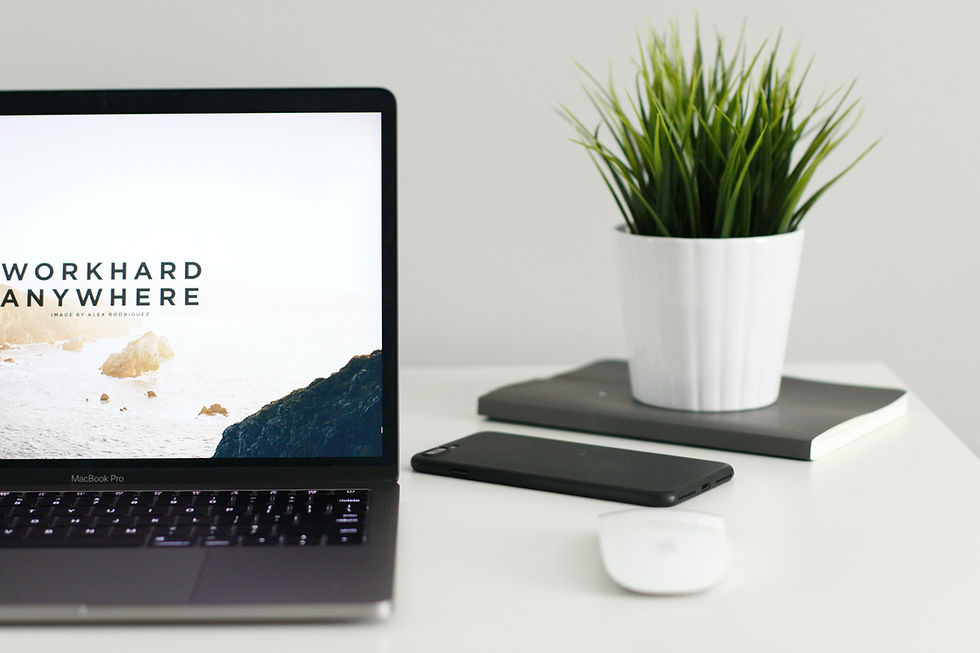Preparing to Build a Website: A Step-by-Step Guide
- Gloria Okewale
- Oct 20, 2024
- 3 min read

Whether you hire a web designer or decide to create a website on your own, there are some important factors to consider. Below is a 10-step guide to help you plan your website:
1. Define Your Purpose and Goals
It’s crucial to have a clear purpose for your website. Are you building a community, selling products, or using it for something else? This clarity helps you define the direction and requirements for your site, ensuring it meets your specific needs and goals.
2. Know Your Audience
Understanding your target audience is crucial. Once you've identified who they are, you can create detailed personas to represent your ideal users. This clarity will guide you in crafting content, designing your site, and developing marketing strategies that truly resonate with their needs.
3. Choose the Right Platform
There are many website platforms to choose from, each with its pros and cons. It's worth exploring the most popular ones to understand their offerings and see how they align with your technical skills, needs, and budget. This will help you select the best platform for your project.
4. Plan Your Content
Content is the heart of any website. I always advise clients to have all their content ready before we start creating the site because it typically takes the most time. Ensuring your content is engaging, valuable, and aligned with your brand message is crucial. This includes everything from blog posts and product descriptions to the wording on each page.
5. Design and User Experience
Your website should attract your target audience and be easy to navigate. Ensuring it is accessible to everyone, including people with disabilities, is crucial. This approach makes your site user-friendly and welcoming to all.
6. SEO and Analytics
Search Engine Optimization (SEO) is essential for making your website discoverable. Be sure to include relevant keywords in your content to boost visibility. Using Google Analytics is a great way to track your website's performance and gain insights into visitor behavior. These insights should be used to continually develop and improve your site.
7. Security and Maintenance
To keep your website secure and prevent cyber threats, implement security measures like SSL certificates, backups, and regular software updates. It's also important to regularly check for broken links, update content, and monitor performance to ensure everything runs smoothly.
8. Budget and Timeframe
It's important to estimate the costs for building and maintaining your website. Factor in the costs of design, hosting, domain registration, and marketing. Set a realistic timeframe for the project, and regularly check progress to stay on track for your launch date. Be aware that delays can happen and plan accordingly to handle them.
9. Legal and Regulatory Compliance
Make sure your website follows all relevant laws and regulations, like data protection policies (e.g. GDPR), copyright laws, and accessibility standards. Clear privacy policies and terms of service will help you build trust with your audience and safeguard your business legally.
10. Test Before Launch
Before launching your website, thoroughly test it to ensure everything works correctly. Check for broken links, form functionality, and compatibility across different devices and browsers. A smooth, error-free launch will create a positive first impression and encourage visitors to come back.
Conclusion
Creating a website takes significant time and resources. Whether you hire a website designer or do it yourself, having a clear action plan with realistic expectations and goals is key. I hope you find this step-by-step process helpful. Thorough preparation will set the foundation for a successful and impactful online presence. Feel free to reach out if you have any questions or comments.


Comentários